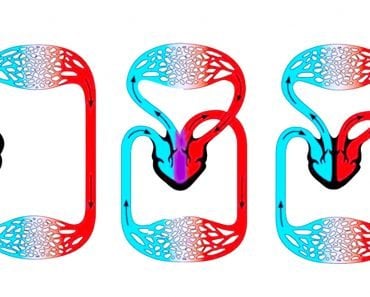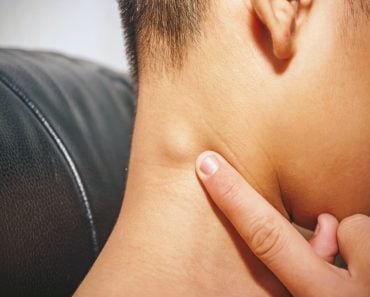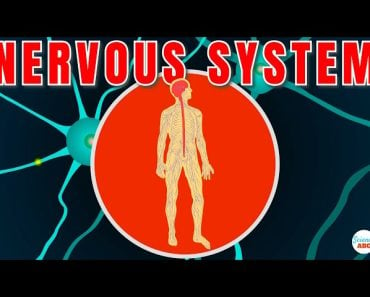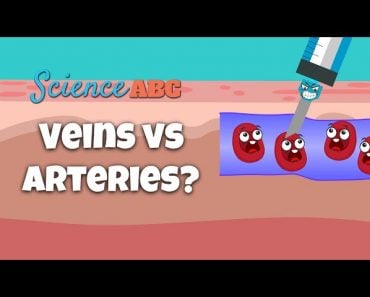Table of Contents (click to expand)
The circulatory system is a network of blood vessels that transport blood throughout the body. The heart pumps blood through the arteries to the tissues of the body, and veins return blood from the tissues back to the heart. The circulatory system also helps to regulate the body’s temperature and pH.
Every minute, our heart pumps anywhere from 60-70 times on an average, pushing almost 1-1.5 gallons of blood throughout our body. As we all know, this is one of the most important factors of our survival. Picture an average human body of about 5’7″. Every cell in this vast body requires blood, even those at the farthest points. With every pump, the heart manages to ensure that every cell receives an adequate amount of blood. It cannot carry out such an important and complicated task on it’s own. This is where one of the most important systems of our body comes in. The circulatory system involves the circulation of blood throughout our body, and thus includes the transportation of gases, nutrients, waste products, etc. The basic components that comprise this system are the blood vessels (mainly arteries and veins), the blood itself, and the heart.
Recommended Video for you:
Blood Vessels
The 2 main types of blood vessels are the arteries and veins. Arteries are characterized by being blood vessels that carry blood away from the heart and carry oxygenated blood to the other parts of the body. The veins are characterized by carrying deoxygenated blood towards the heart. However, there are exceptions to this, like the pulmonary artery and pulmonary vein. Therefore the actual definition of an artery is a blood vessel that carries blood away from the heart, while a vein is a blood vessel that carries blood towards the heart. Arteries and veins divide into smaller vessels to form capillaries. Basically, arteries divide to form arterioles, which further divide to form capillaries. These capillaries then combine to form venules, which further combine and form veins.
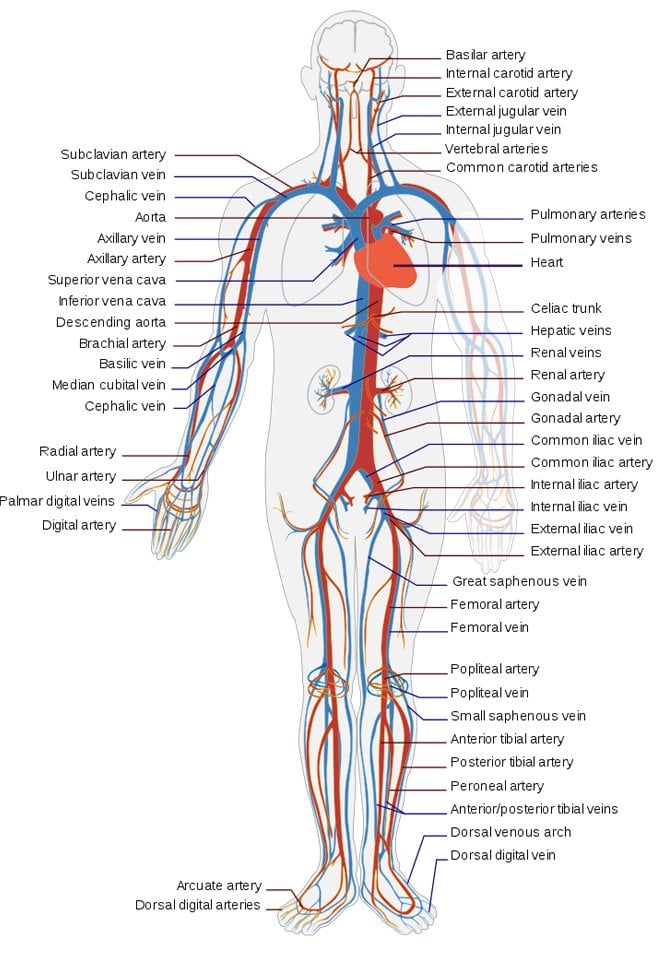
Blood is a fluid connective tissue that flows throughout our body. It is bright red in color. Although veins are often depicted as being blue in color, the blood flowing through them is still red in color. It carries out the exchange of gaseous products like oxygen, carbon dioxide, etc. Blood also transports various nutrients required by the various parts of the body and takes away the waste products that are generated. Apart from this, it also transports substances like antibodies, hormones, etc.
Heart
The human heart is a 4-chambered organ located in our chest. Although commonly perceived to be on the left side of the body, this is a misconception. It is roughly triangular and is located in the center of our chest, although it tapers to the left, giving only the illusion of its commonly believed location.
The 4-chambered design ensures maximum efficiency in the pumping and oxygenation of blood. The top 2 chambers are known as the auricles or atria, while the bottom chambers are called ventricles. Each auricle is separated from the corresponding ventricle by a valve. The 2 ventricles are separated by a muscular wall, known as the interventricular septum.
The right atrium receives the deoxygenated blood from the body. This is brought to it by the inferior and superior vena cava. The blood then flows down into the right ventricle. From here, it is sent to the lungs for oxygenation. This is done by the pulmonary artery – the only artery that carries deoxygenated blood. The blood, after oxygenation, is sent back to the left atrium via the pulmonary vein – the only vein that carries oxygenated blood. From here, it moves down into the left ventricle, which pumps it throughout the body via the aorta. At the opening of every blood vessel, there are valves that prevent the back flow, and therefore mixing of blood.

Double Circulation
The mammalian heart is unique and efficient. It has a property called double circulation which reduces the load on the lungs, ensures adequate oxygenation and maintain pressure. The blood that comes from the body passes through the heart twice. It first enters the heart in the right auricle. From the right ventricle it is sent to the lungs for oxygentaion. The lungs then send it back to the heart where it enters from the left auricle. Finally, it is pumped to the full body from the left ventricle. This is known as double circulation. If the blood followed a different route, the lungs would have to generate enough pressure to carry the blood against gravity to reach the extremities of our body. It would also risk damaging the lungs if the blood left the right ventricle itself under pressure.
Due to double circulation, the pressure of the blood is kept low as it exits the right ventricle to prevent tearing of the delicate tissue of the lungs. It also enables the left ventricle to generate enough pressure without having to worry about damaging the lungs.
While the heart accommodates the passage of huge amounts of blood every second, it cannot keep any of it for itself. There are blood vessels called the coronary artery and coronary vein that transport blood to and from the heart, ensuring that this key organ stays in top working condition!

